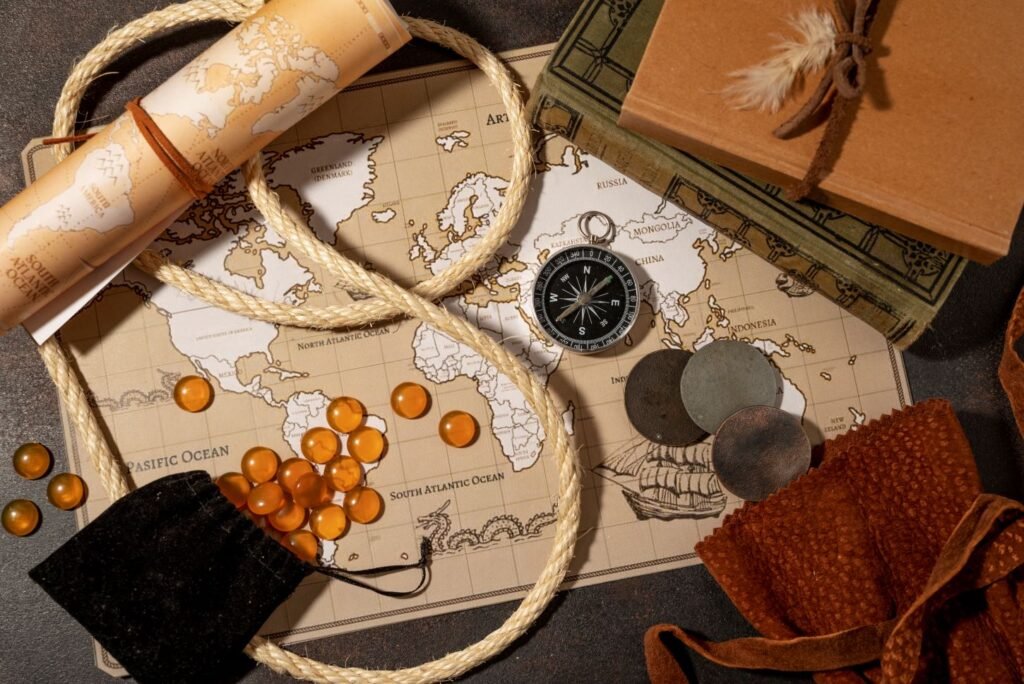The History and Evolution of Trade Finance
Trade finance has been the unsung backbone of international commerce for centuries. From ancient trade routes and merchant-led barter systems to today’s sophisticated financial instruments, trade finance has evolved in tandem with globalization, economic revolutions, and technological advancements. Understanding its historical development not only adds depth to our appreciation of global trade but also highlights how critical financial innovation is to economic progress.
Get ready to explore how trade finance evolved from handwritten promissory notes to today’s structured instruments like Letters of Credit and Bank Guarantees. This blog will give you insights into the past, show you how it shaped modern finance, and reveal how this knowledge can inform smarter trade decisions today.
Let’s paint a picture: being a silk trader along the ancient Silk Road, carrying precious goods across continents with no banks, no guarantees, and no financial protection. Every transaction was built on trust and risk. Fast forward to today—thanks to centuries of evolution, we now enjoy secure, structured financial instruments that reduce risk and increase trade confidence. Understanding this journey isn’t just historical curiosity—it reminds us that trade finance is a human story of innovation, trust, and resilience.

“Trade finance is not just about money—it’s about trust and structure that made world trade possible.“
— Richard Burnett, International Trade Historian

In this article, you'll gain a deep understanding of the historical milestones that shaped trade finance—from its origins in ancient civilizations, through the merchant banking era of the Renaissance, to the institutional systems of the 20th and 21st centuries. You’ll discover how each development addressed unique trade challenges of its time and how those lessons still impact modern trade instruments. By the end, you'll not only understand where trade finance came from—but why it continues to matter more than ever today.
5 Key Lessons from Trade Finance History
1. Strengthen Relationships to Build Long-Term Trade Success
Throughout history, trusted relationships formed the bedrock of trade. Before formal contracts and banking systems, merchants relied on personal trust, word of mouth, and honor-based agreements. These values remain just as important today.
How to apply it today:
• Foster strong communication with your suppliers and buyers. Regular check-ins and transparent discussions can preempt many disputes.
• Engage in relationship-building beyond the transaction. Attend trade events or industry forums to create a network of trusted partners.
• Offer reliability—be punctual with payments and fulfill your commitments. Reputation still travels fast in trade circles.
2. Utilize Time-Tested Instruments Like Letters of Credit
Letters of Credit (LCs) date back to the Renaissance and have stood the test of time for good reason—they protect both buyers and sellers. Even in the modern age, they remain one of the most trusted instruments in international trade.
How to apply it today:
• Use LCs when trading with unfamiliar or overseas partners. They ensure payment is only made when conditions are met.
• Work closely with your bank to understand the specific LC types that suit your trade needs (e.g., Confirmed LC, Revolving LC).
• Educate your trade team on LC documentation to avoid delays caused by compliance issues or incorrect paperwork.
3. Break Down Risk Through Structured Trade Agreements
Just as early traders used multiple caravans and shipping points to reduce loss risk, modern businesses should structure trade deals to protect themselves against financial and logistical uncertainties.
How to apply it today:
• Use milestone-based payments or partial shipments when dealing with large orders.
• Include penalty and exit clauses in contracts to handle delays or quality issues.
• Protect yourself with performance guarantees and credit insurance when entering high-value deals.
4. Leverage Institutional Partnerships for Trade Confidence
Since the 14th century, trade finance institutions—from merchant banks to modern commercial banks—have provided critical trust, liquidity, and security for cross-border commerce.
How to apply it today:
• Choose financial institutions with a proven track record in trade finance. Look for those who offer flexible instruments and strong international networks.
• Discuss financing options like Standby Letters of Credit, Advance Payment Guarantees, or Performance Bonds.
• Use advisory services from these institutions to stay compliant with global trade regulations and optimize your transaction flow.
5. Stay Proactive by Learning from the Past
Trade finance is a dynamic field shaped by history, innovation, and global events. Being aware of historical trade disruptions—like war, pandemics, or economic collapse—can help businesses build resilience into their strategies.
How to apply it today:
• Develop contingency plans for supply chain disruptions or payment failures.
• Regularly review and update your contracts to reflect changing economic realities.
• Educate yourself and your team on evolving financial instruments by reading industry whitepapers, case studies, or attending webinars.



